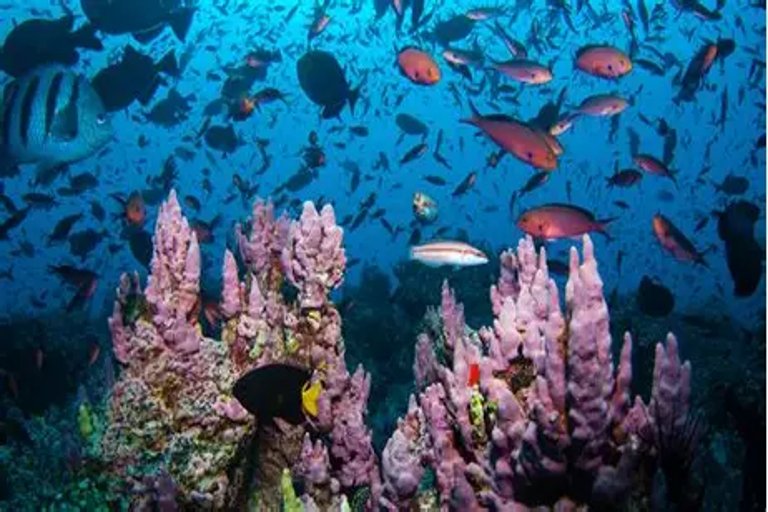New Marine Conservation Area Proposed Off Eastern Shore
Environmental groups are pushing to protect a biodiverse stretch of coastal waters home to seabirds and migrating whales.
June 22, 2025 at 07:26 | By Sophia Levesque, Prairie Signal

Environmental advocates and marine biologists are applauding a new proposal to designate a protected marine conservation area off Nova Scotia’s eastern shore. The plan, unveiled by the federal Department of Fisheries and Oceans (DFO), would encompass roughly 1,400 square kilometers of ocean habitat between Sheet Harbour and Canso.
The proposed Eastern Shore Islands Marine Conservation Area is rich in biodiversity, featuring cold-water coral reefs, kelp forests, and seabird nesting grounds. It's also home to several endangered species, including the North Atlantic right whale, Atlantic wolffish, and leatherback sea turtle.
Federal officials say the initiative reflects Canada's growing commitment to preserving ocean ecosystems and meeting international biodiversity targets. If approved, the conservation zone would become the largest of its kind in Atlantic Canada, joining a national network of protected marine environments.
'This area supports an incredible range of marine life that is increasingly vulnerable to climate change and commercial pressures,' said Dr. Naomi Horne, a marine ecologist at Dalhousie University. 'Protecting it now is critical for long-term ecological resilience.'
The plan includes restrictions on industrial fishing, seabed mining, and offshore oil exploration within the designated boundaries. However, sustainable local fisheries and Indigenous harvesting practices would still be permitted under managed quotas.
The Mi’kmaq Conservation Group, which helped shape the proposal, welcomed the announcement but emphasized the importance of formal co-governance. 'Our people have stewarded these waters for generations,' said spokesperson Alena Bernard. 'We must be at the decision-making table moving forward.'
Community consultations are underway, with a series of town halls planned in affected coastal villages including Tangier, Little Harbour, and Marie Joseph. Early reactions have been mixed, with some fishers expressing concerns about losing access to traditional grounds.
Brian Fraser, a third-generation lobster harvester from Mushaboom, says the government needs to do more to engage local industry. 'We support conservation, but not at the cost of our livelihood,' he said. 'If they want buy-in, they have to listen to us.'
DFO representatives have committed to incorporating feedback and adjusting the proposed boundaries where appropriate. The public consultation phase will continue through December, with final recommendations expected in spring 2026.
If implemented, the conservation area could also boost eco-tourism in the region, with kayaking tours, whale watching, and sustainable diving ventures already expressing interest. The area’s natural beauty and cultural significance are seen as key assets for long-term community development.
Environmental groups are urging swift action. 'We’ve seen what happens when we wait too long,' said Kelsey Moore of the Eastern Shore Seabird Alliance. 'This is our chance to get ahead of the crisis and leave something thriving for future generations.'